If you've noticed the screen on your Android device flickering, you're not alone. The problem can occur on both old and new devices due to various reasons, such as bugs in the OS, a corrupted app cache, issues with the adaptive brightness, or other reasons. Fortunately, there are several solutions that can help sort out the problem, which you can try out with the help of this guide.
Fix 1: Disable Adaptive Brightness
Android's Adaptive Brightness feature automatically adjusts the brightness of your screen depending on the ambient lighting. If you're in an environment where the lighting tends to change quickly, it may appear that your screen is flickering as it adjusts to the changes. You can disable the Adaptive Brightness feature to prevent this from happening.
- Open the Settings app and tap on 'Display'.
- Then tap on 'Brightness level'.
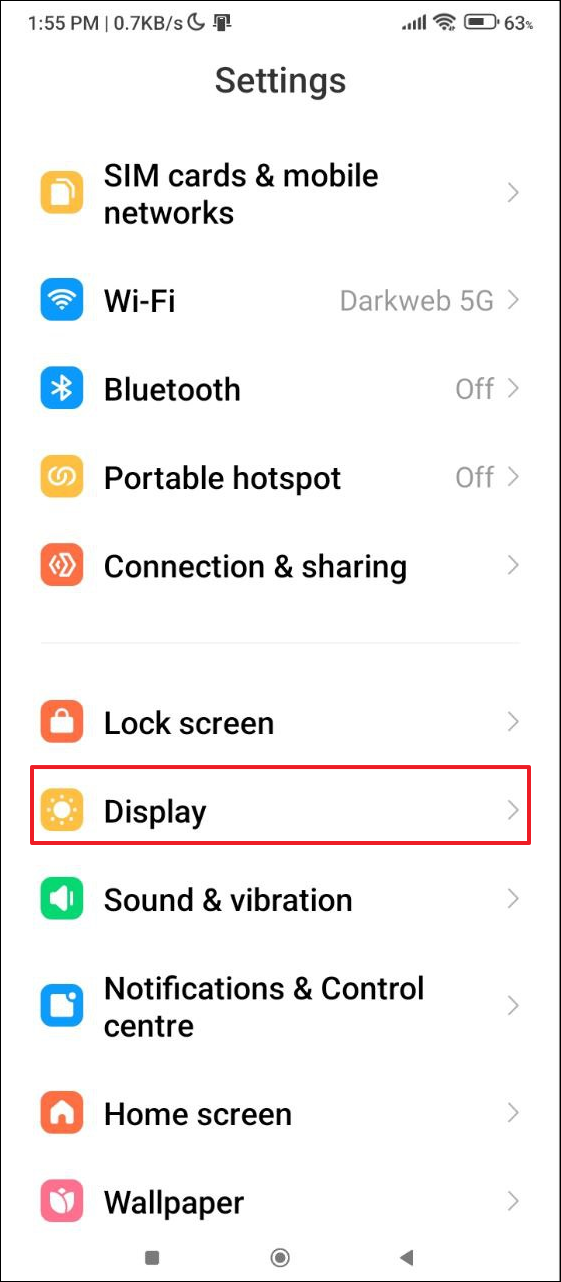
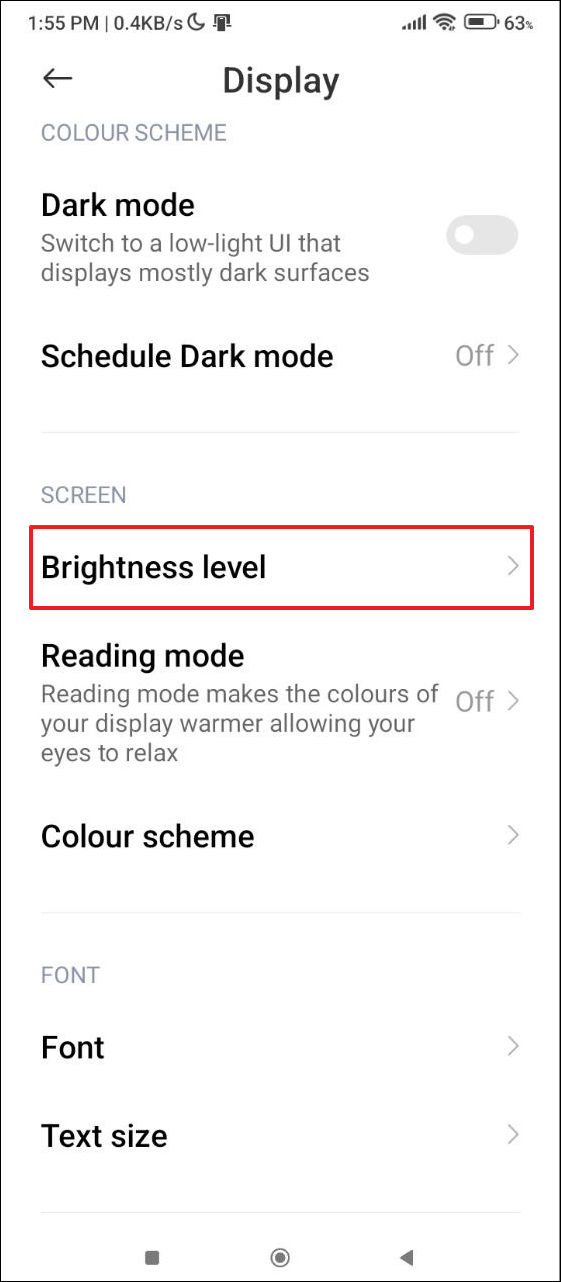
- Now, tap on the 'Automatic brightness' toggle and turn it off.
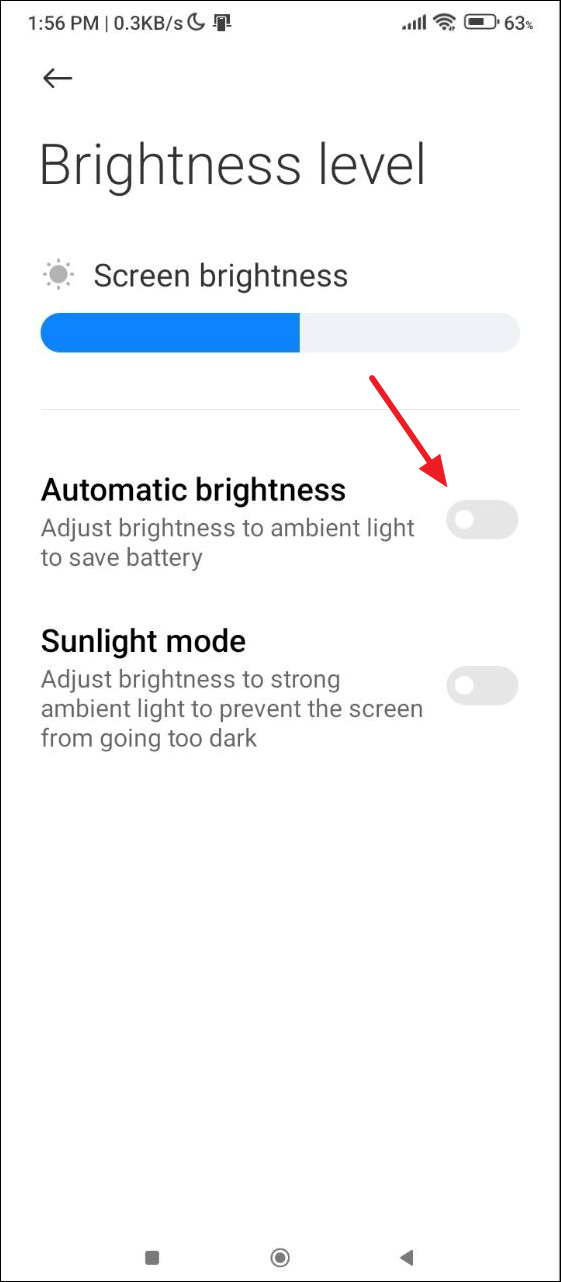
Fix 2: Try Safe Mode
Android has a built-in Safe Mode that turns off all third-party services and applications while only keeping the basic OS running. You can use it to determine which program is causing the flickering issue.
- To boot into Safe Mode, swipe down from the top of your screen to access Quick Settings.
- Then press and hold the Power button and the option to boot into Safe Mode should appear.
- Boot into the Safe Mode and then check whether your screen is still flickering. If the problem does not occur, it means a third-party app is responsible and you will have to restart your phone in normal mode and remove third-party apps to fix it.
Fix 3: Check for system updates
Sometimes bugs in your device can cause problems, such as making the screen flicker. System updates often contain bug fixes that can help get rid of such issues.
- Open the Settings app and tap on 'System updates'.
- On the System Update page, tap on 'Check for updates'. If updates are available, your device will download and install them. Reboot your device and check whether the screen is still flickering.
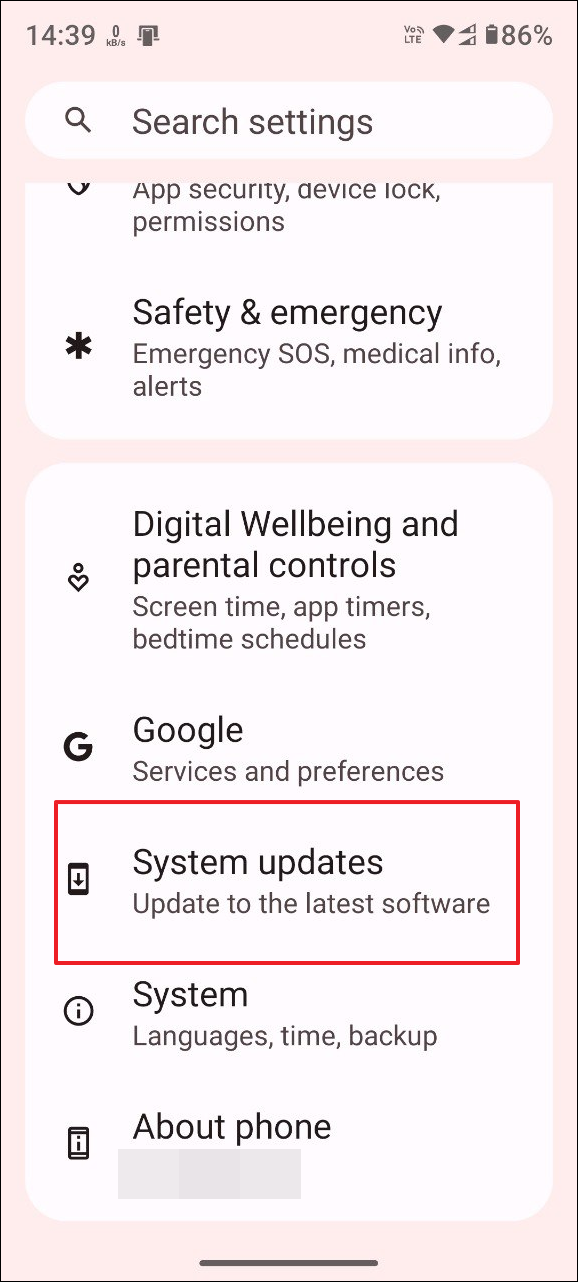
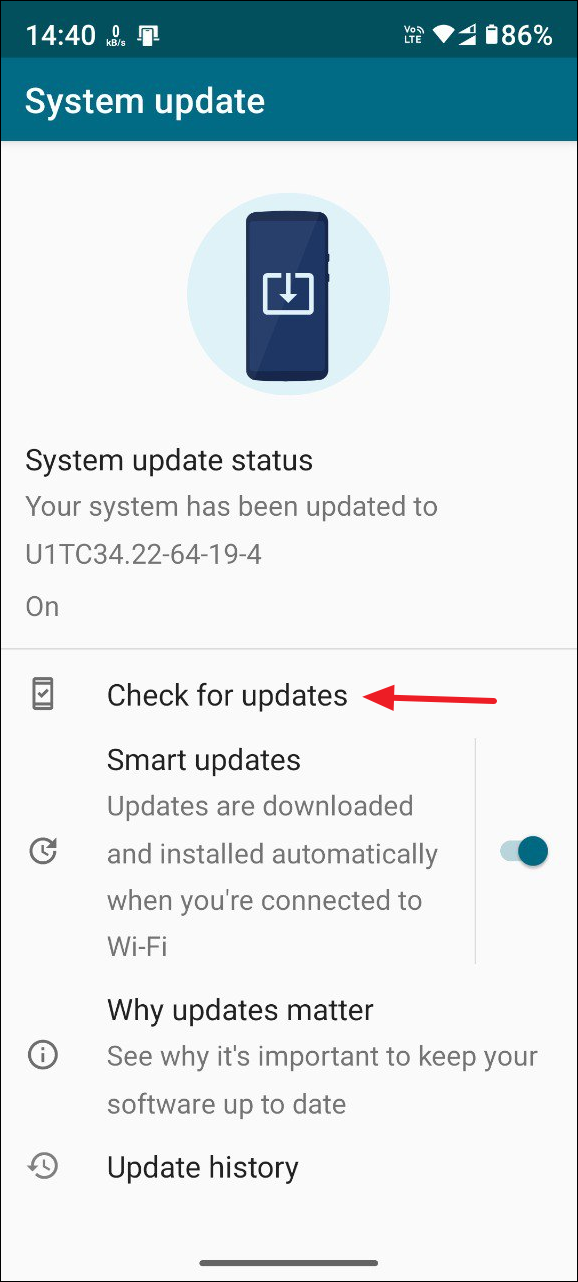
Fix 4: Disable Blue Light Filter or Night Light
Enabling the Blue Light Filter or Night Light can also sometimes cause the screen of your Android device to flicker. You can turn it off temporarily and check if that helps.
- Open the Display page in the Settings app and tap on 'Night Light'. Depending on your device, it may appear under a different name, such as 'Reading Mode' or 'Eye Comfort Shield'.
- Then tap on the toggle for the 'Night Light' option and turn it off.
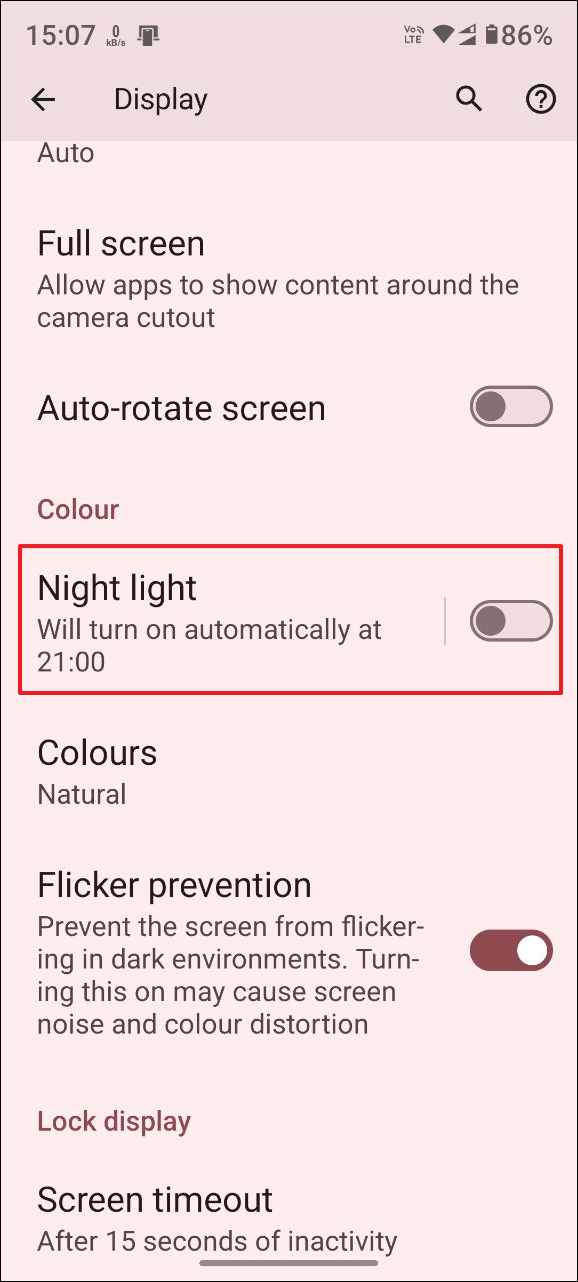

Fix 5: Turn off hardware overlays
Smartphones automatically determine whether the GPU or CPU is required for a particular task, but this functionality may not work properly on old or damaged phones. In such cases, your device may lag and flicker when displaying images. Turning off hardware overlays can help you avoid this.
- First, you need to enable the Developer Options. To do this, open the Settings app and tap on 'About phone'. On Samsung phones, you need to go one step further and tap on 'Software information'.
- On the 'About Phone' page, tap on the 'Build number' seven times and you will see the message 'You are now a developer!'.
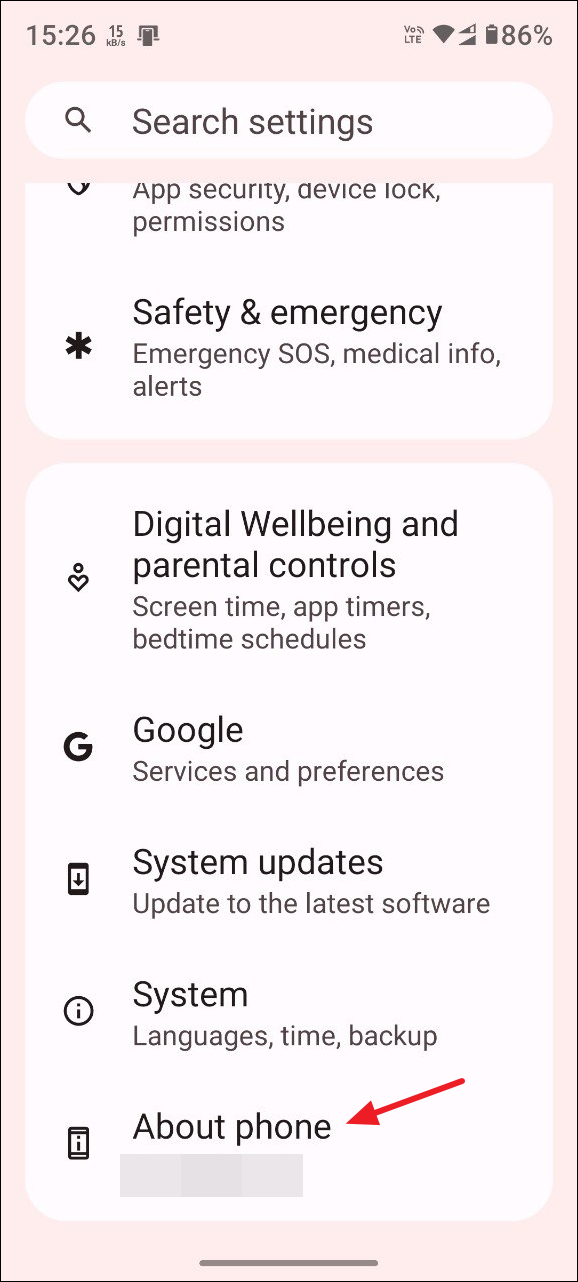

- Now go back and you will see a new 'Developer Options' setting. It may be present within 'System' or a similar section. Tap on it.
- On the Developer Options page, find the 'Disable HW overlays' setting and tap on its toggle to enable it. Keep in mind that this will consume your battery faster as your device will now render images using the GPU.
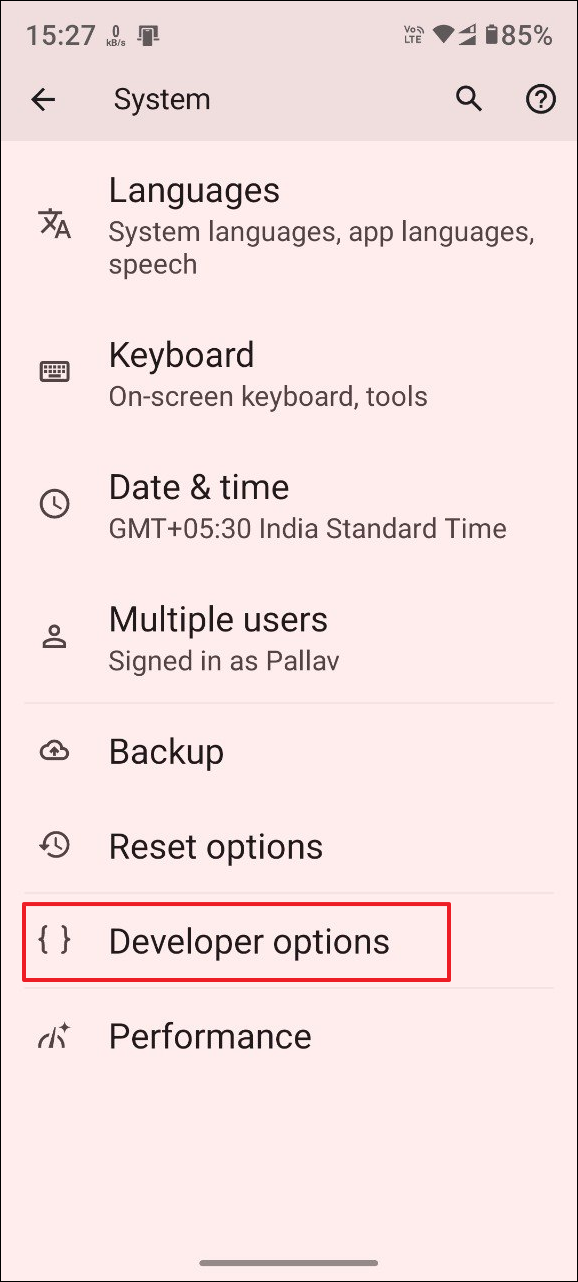
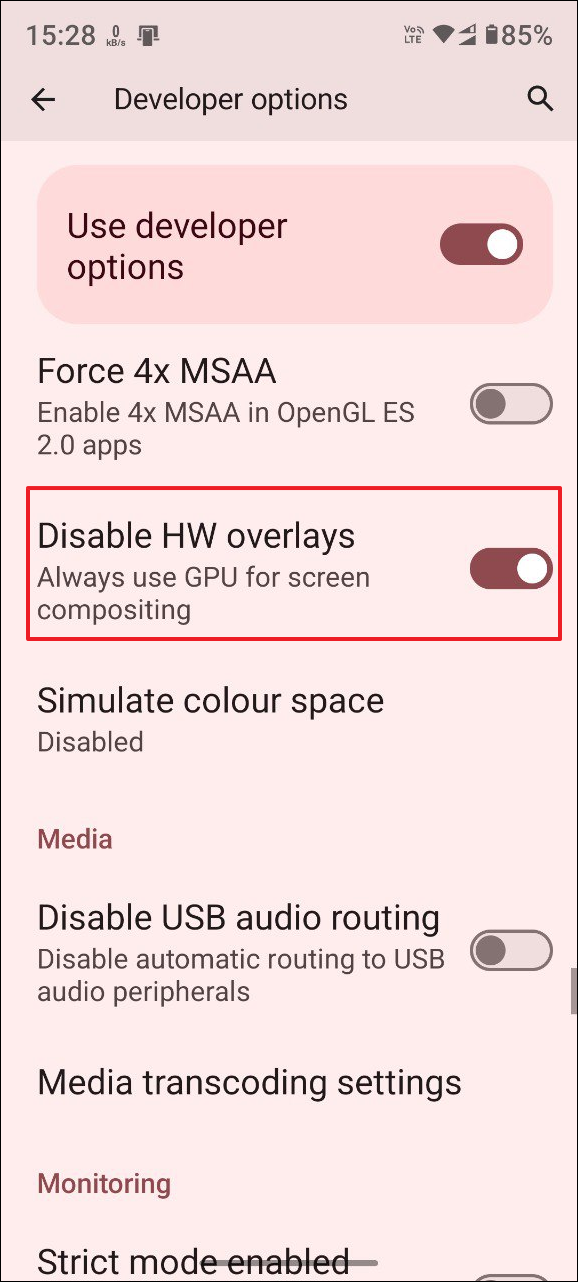
Fix 6: Clear the cache
Clearing the app cache on your Android device is another way to fix issues, including those related to the display.
- Open the Settings app and tap on 'Apps'.
- Then tap on the app whose cache you want to clear.
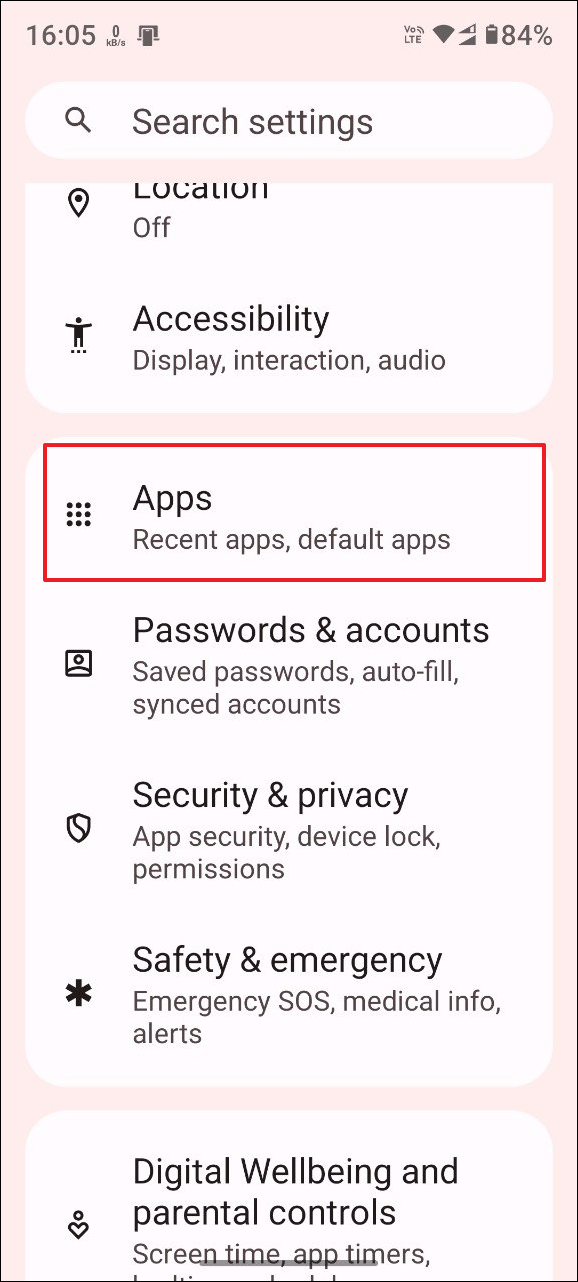

- Next, tap on 'Storage and cache'.
- Now, you can tap on the 'Clear cache' option to clear the cache for that app. You can try clearing the cache for multiple apps to try and sort out the flickering issue. Some devices even have an option that lets you clear the cache in bulk.

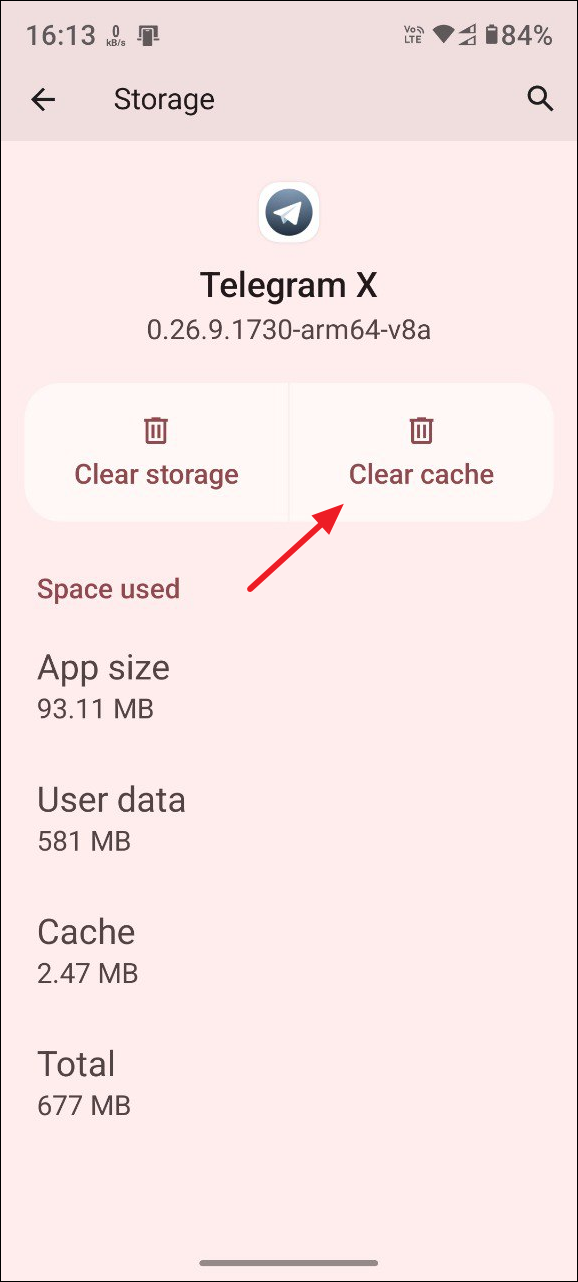
Fix 7: Perform a factory reset
If nothing else works, you may have to perform a factory reset. This will remove all your customizations and apps and reset the device by applying all the default settings. All your data will be wiped from the device so make sure to create a backup first.
- Open the Settings app and tap on 'System'.
- On the System page, tap on 'Reset options'.
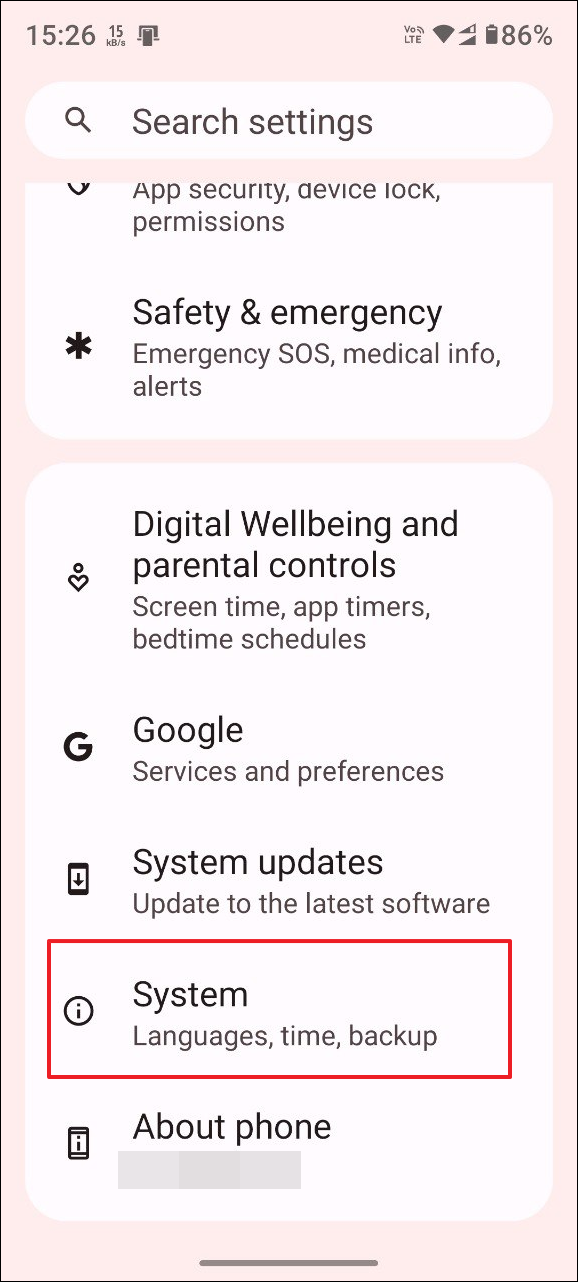

- Finally, tap on 'Erase all data (factory reset)' and follow the steps on your screen to reset your phone.
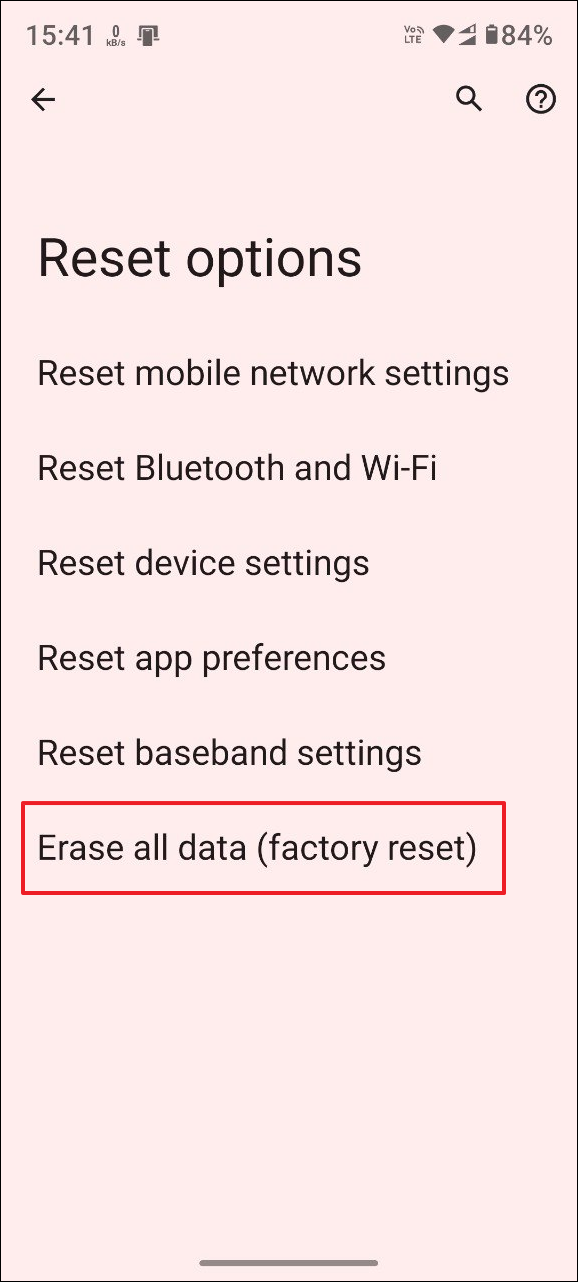
Things to know
- The first thing you should do when encountering a problem like a screen flickering issue is to check whether your device has suffered any hardware damage. If your phone was dropped somewhere, its internal components may have been damaged, resulting in the problem. You may have to take it to a professional and get it checked and repaired.
- If you're sure your phone's hardware isn't damaged, consider restarting it. Temporary glitches that may be causing the screen to flicker will be cleared up and the issue should be gone unless the cause is something else.
- You should also check your charging cable for damage if the screen of your device flickers while the device is getting charged. Poor quality cables can be another reason why you are facing the problem.
- It is a good idea to keep the apps you have installed up to date. This can help prevent bugs in apps from causing problems like a flickering display.


